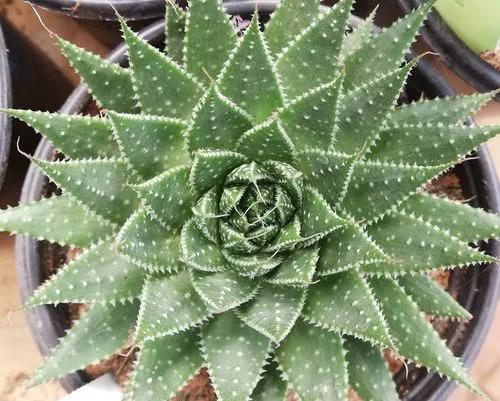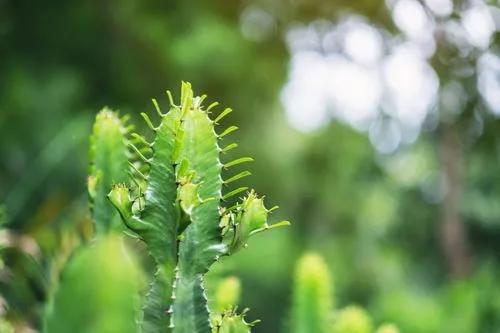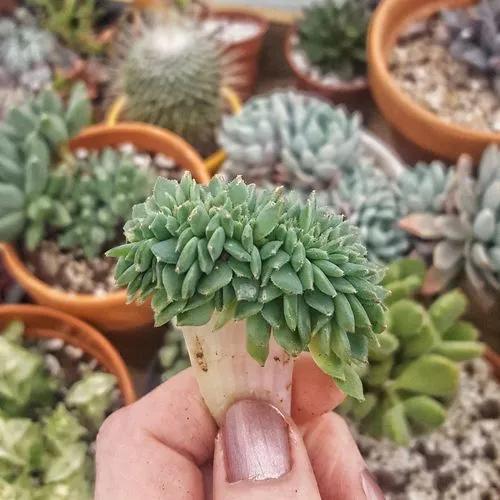Echeveria are popular low growing ornamental garden plants. Although they are fairly drought tolerant, they will become more spectacular with regular deep watering and fertilising. The hybrids tend to be less tolerant of frost and shade. In temperate climates, most species will lose their lower leaves in winter and become 'leggy' and less attractive. Echeveria are also popular pot plants and appear in most succulent collections. Echeveria 'Canadian' has fleshy grey-blue leaves
Echeveria Canadian Care
Echeveria 'canadian'



How to Care for the Plant

Water

Echeveria, indoors or outside, don’t like to be kept too wet, but they also don’t like to be kept too dry. We typically find that succulents like more water than most people think. In a house the dry home temperatures dry things our even faster. You don’t want your soil to be bone dry or it will wither the plant’s roots.

Fertilizer

Fertilizer is not a continual requirement for Echeveria. Succulents grow natively in soil without a lot of nutrients. So, they are especially susceptible to fertilizer burn. However, they can benefit from the occasional extra boost. Use a slow-release fertilizer at the beginning of spring, or a liquid fertilizer diluted 2-4 times more than normal and used less often than recommended. Use a low nitrogen mix or a cactus fertilizer. Remember that it is a lot easier to over-fertilize succulents than to under-fertilize.

Sunlight

Like they’re used to in their native growing grounds, Echeveria like full sun. However, try to avoid these two things: drastic sunlight changes and summer afternoon full sun.

Soil

Like all succulents, Echeveria need soil that drains quickly. This helps prevent moisture from rotting the roots. Many growers will create their own special mixture of soil and perlite. However, good quality potting soil, or a cactus mix will work fine. As a rule of thumb, when you squeeze a handful of moist soil together, it should crumble apart again when released.

Temperature

You can keep them healthy during the cold months by moving them indoors. Then, once the threat of frost has past, gradually move them back outside in the spring. Other people who want to enjoy these colorful plants, but don’t want houseplants, treat Echeveria like annuals and just plant anew each spring.

Container

When you pot up you Echeveria, you have a wide range of containers to choose from. Generally the smallest size possible, or something that is just bigger than the root ball is the right choice. People sometimes worry about overpotting. This is when you use a large container for a small plant. The potential problem is that greater soil volume can hold more moisture and lead to the risk of rot. However, the soil you use with succulents should have excellent drainage anyway and larger pots shouldn’t pose any problem. So, find the container that you think looks great, small or large, and let your Echeveria grow.

Popularity

218 people already have this plant 68 people have added this plant to their wishlists
Discover more plants with the list below
Popular articles






